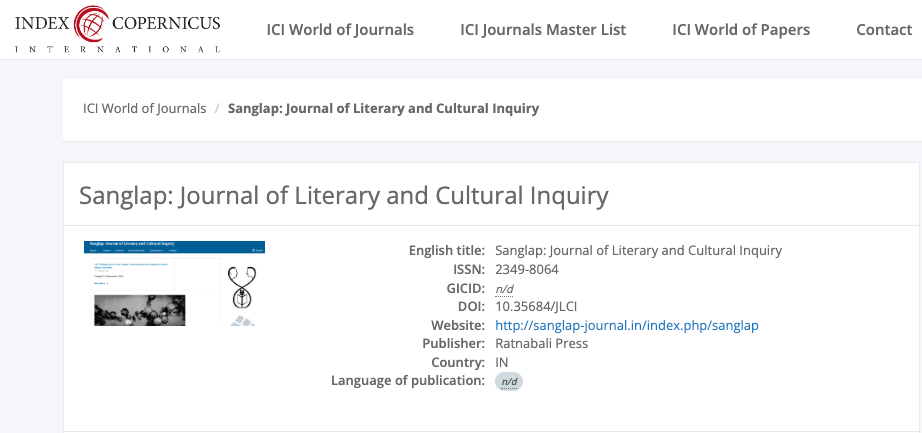How I Became a Tree. Sumana Roy. Aleph Book Company, India, Hardcover, Rs. 599
Yale University Press, 2021, 248 Pages, Hardcover, $25.00
Abstract
In Philosophy of Nature (1842), G. W. F. Hegel has argued that plants are but a step to be dialectically sublated/ superseded by animals in the fulfillment of Spirit in nature. According to Hegel, plants are unable to preserve within themselves ‘the unity of selfhood’ (§350, 102) and ‘inwardly’ contain an independent individuality that ‘returns into itself’ (§349, 101), and, thus, they do not evince the subjectivity and inwardness that animals exhibit in nuce (102).The plant is a subordinate organism, destined to tender itself to its organic superior and be consumed by it. The plant’s tendency towards being-for-self gives rise to the plant and the bud/the flower, which are two independent individuals, and are not of an ‘ideal’ nature. Animal being consists, as Hegel avers, of these two posited in unity. The animal organism is, therefore, this duplication of subjectivity, in which difference no longer exists as it does in the plant, but in which ‘only the unity of this duplication attains existence’ (Hegel §350, 102). Goethe, in his The Metamorphosis of Plants (1790), sets out to show, however, in all these different parts of the plant — roots, stem, branches, leaves, blossoms, fruit — there is a simple basic life that is self-contained and enduring, and that all its forms are nothing more than exterior transformations of the identity of one and the same ‘primary essence’ (66, 70, 122). In Aristotle’s ‘ladder of nature’, the so-called scala naturae, or in the hierarchical universe as posited by the Greek Neoplatonists, that remained highly influential throughout the medieval and early modern periods, the inanimate beings as well as the plants, though having rudimentary neural nets and the capacity for primary perceptions, occupied the lowest level of the scale. The notion that plants are imperfect and ontologically lacking the characteristics that render animals superior, including movement, intentionality, or the ability to communicate, was to remain a philosophical tenet long after the Renaissance (Gagliano et al. ix). It is important to note that in The Power of Movement in Plants (1880), Charles Darwin, together with his son Francis, has used a neurological metaphor to acknowledge the sensitivity of plant roots when he proposes that ‘the tip of roots acts like the brain of some animals’, even though plants possess neither actual brains nor nerves (570-75).











